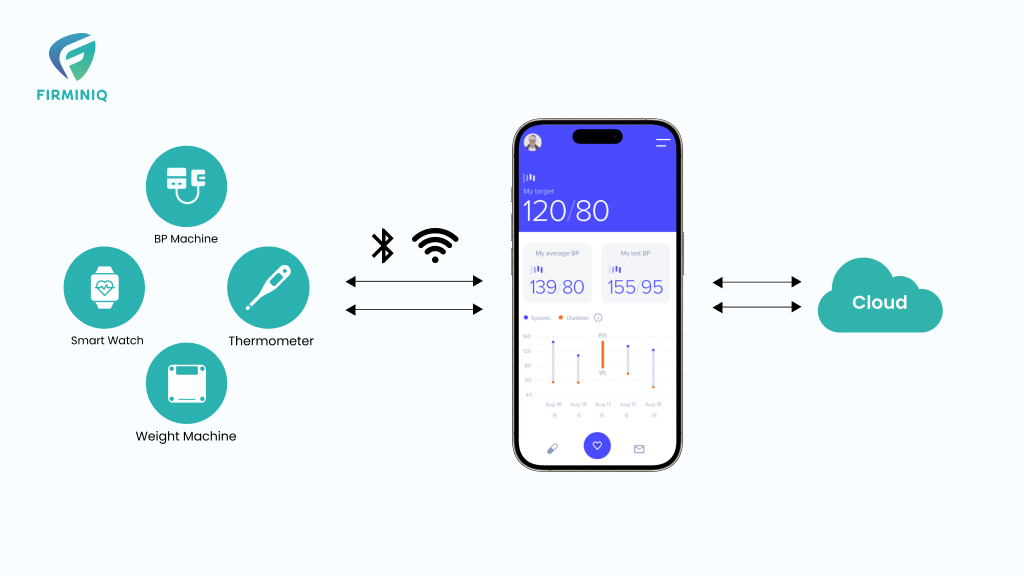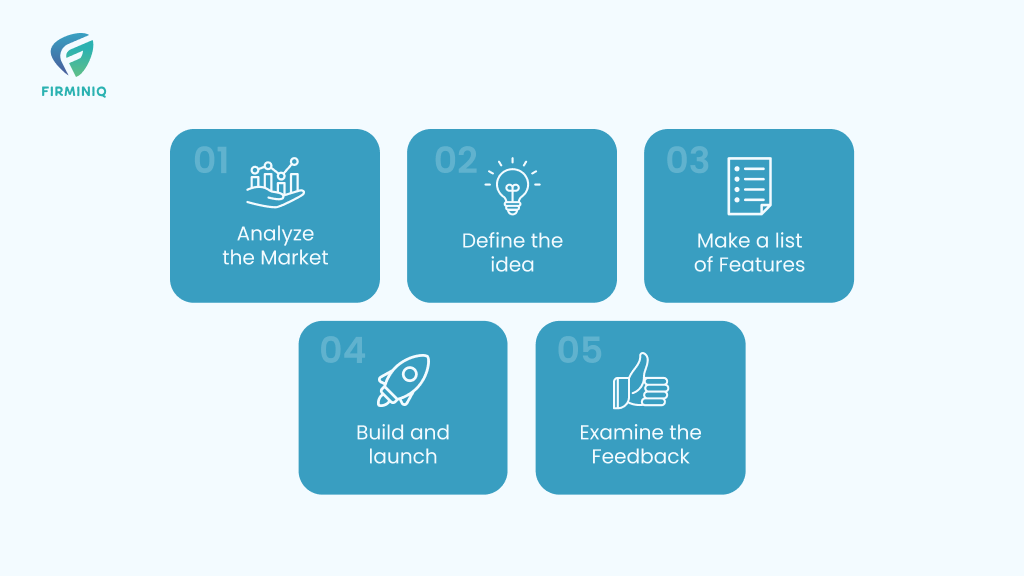“Chronic diseases, such as heart disease, cancer, and diabetes, are responsible for approximately 75% of all deaths worldwide, with the majority occurring in low- and middle-income countries.” – The Guardian. This alarming statistic underscores the urgent need for healthcare organizations to adopt innovative solutions like Remote Patient Monitoring (RPM) and telehealth.
By integrating RPM and telehealth into their care models, healthcare organizations can proactively manage chronic conditions, reduce hospital readmissions, and optimize resource allocation. These digital health solutions not only improve patient outcomes but also align with the shift toward value-based care, ensuring that providers deliver high-quality services while controlling costs.
In this blog, let’s explore the impact of RPM and telehealth on chronic disease management, supported by compelling data and what the future has in store.
The Impact of RPM and Telehealth on Chronic Disease Management
1. Continuous Monitoring and Early Intervention
One of the most significant advantages of RPM is the ability to continuously monitor patients’ vital signs and health metrics. For instance, wearable devices can track blood glucose levels in diabetic patients or monitor heart rhythms in those with cardiovascular diseases. This real-time data collection allows healthcare providers to detect anomalies early and intervene promptly, preventing complications and hospitalizations.
A study by the Ontario Telemedicine Network (OTN) demonstrated that telehomecare, led to a 65% reduction in hospital admissions and a 72% reduction in emergency room visits for patients with chronic conditions, highlighting its effectiveness in early intervention and continuous care.
2. Enhanced Patient Engagement and Self-Management
Telehealth platforms often include educational resources and tools that empower patients to take an active role in managing their health. By providing patients with access to their health data and personalized feedback, these technologies promote better adherence to treatment plans and encourage lifestyle modifications.
Telehealth platforms enhance patient engagement and self-management by providing access to personal health data and educational resources. For instance, during the COVID-19 pandemic, the use of telemental health services allowed patients to read their clinical notes online, leading to increased understanding of their mental health, a sense of control over their care, and enhanced trust in their clinicians.
3. Improved Access to Care
Telehealth eliminates geographical barriers, making it easier for patients in rural or underserved areas to access specialized care. Virtual consultations enable patients to connect with healthcare providers without the need for extensive travel, reducing delays in receiving care.
According to a McKinsey report, Telehealth use has stabilized at levels 38 times higher than before the COVID-19 pandemic, ranging from 13% to 17% of visits across all specialties.
4. Cost-Effectiveness
By reducing the frequency of hospital visits and enabling early interventions, RPM and telehealth can lead to significant cost savings for both patients and healthcare systems. A systematic review in the Journal of Telemedicine and Telecare reported that RPM improves quality of life, shortens hospital stays, and decreases healthcare costs for heart failure patients.
5. Data-Driven Decision Making with AI Integration
Modern RPM solutions leverage artificial intelligence (AI) and predictive analytics to provide actionable insights, aiding clinicians in making informed decisions. By analyzing patient data trends, AI can predict potential health risks and recommend personalized interventions.
The Future of Chronic Disease Management
The COVID-19 pandemic has accelerated the adoption of telehealth and RPM, highlighting their value in maintaining continuity of care during challenging times. As these technologies continue to evolve, they are expected to become integral components of chronic disease management strategies.
Innovations such as artificial intelligence (AI) and machine learning are being integrated into RPM systems to predict health events before they occur, allowing for even more proactive interventions. For instance, AI-driven algorithms can analyze patterns in a patient’s data to forecast potential exacerbations of chronic conditions, enabling pre-emptive care measures.
Conclusion
Remote Patient Monitoring and telehealth are transforming the landscape of chronic disease management by offering continuous monitoring, enhancing patient engagement, improving access to care, and reducing healthcare costs. As these technologies become more widespread, they hold the promise of not only improving individual health outcomes but also alleviating the burden on healthcare systems globally.
At FIRMINIQ, we specialize in providing connected healthcare software services that integrate RPM and telehealth technologies. Our goal is to empower healthcare providers with the tools they need to deliver exceptional care and improve patient outcomes. Contact us today to learn more.
At FIRMINIQ, we specialize in providing connected healthcare software services that integrate RPM and telehealth technologies. Our goal is to empower healthcare providers with the tools they need to deliver exceptional care and improve patient outcomes. Contact us today to learn more.






